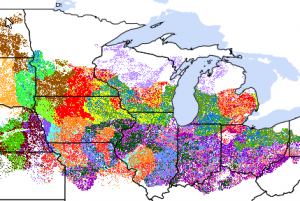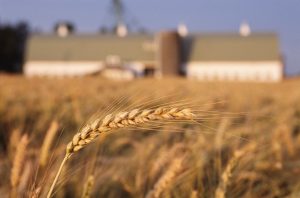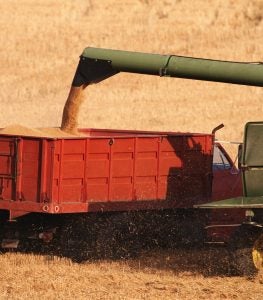 Farmers have a host of competing priorities clamoring for their time, energy and money. Fortunately, they often have trusted advisers to help them make good decisions for their operations – including about conservation practices on the farm.
Farmers have a host of competing priorities clamoring for their time, energy and money. Fortunately, they often have trusted advisers to help them make good decisions for their operations – including about conservation practices on the farm.
These practices, such as improving fertilizer efficiency and planting cover crops, can provide significant benefits for farmers: increasing or stabilizing yields, reducing erosion, and ensuring more of the fertilizer applied delivers yield instead of being lost to water or air. They can also increase profitability.
But in order to get the best bang for every conservation buck, many of these practices require technical and agronomic expertise. As PrecisionAg suggested, who better to help integrate these practices into farm operations than the ag retailers and consultants who know their clients’ farms so well?
By expanding their conservation service offerings, ag retailers and crop advisers can meet growing demand from farmers – while also keeping their businesses, and that of their farmer clients, competitive. Read More »











 Whether in agriculture or any other business, if you don’t have enough money coming in to pay the bills, it’s hard to find the time or resources for anything other than working to turn a red budget spreadsheet black.
Whether in agriculture or any other business, if you don’t have enough money coming in to pay the bills, it’s hard to find the time or resources for anything other than working to turn a red budget spreadsheet black. Farmers have a host of competing priorities clamoring for their time, energy and money. Fortunately, they often have trusted advisers to help them make good decisions for their operations – including about conservation practices on the farm.
Farmers have a host of competing priorities clamoring for their time, energy and money. Fortunately, they often have trusted advisers to help them make good decisions for their operations – including about conservation practices on the farm. Applying the right amount of fertilizer to a grower’s field is tricky: too little fertilizer means lost yields; too much fertilizer means wasted costs and potential runoff that causes air and water pollution. Meanwhile, farmers cannot control the weather, which can wreak havoc on the best-laid plans.
Applying the right amount of fertilizer to a grower’s field is tricky: too little fertilizer means lost yields; too much fertilizer means wasted costs and potential runoff that causes air and water pollution. Meanwhile, farmers cannot control the weather, which can wreak havoc on the best-laid plans.



